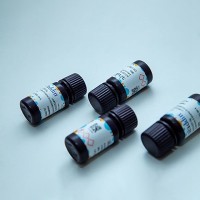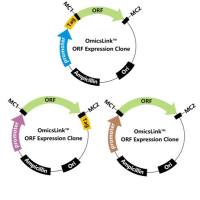In Vivo Labeling and Analysis of Mitochondrial Translation Products in Budding and in Fission Yeasts
Mitochondrial biogenesis requires the contribution of two genomes and of two compartmentalized protein synthesis systems (nuclear and mitochondrial). Mitochondrial protein synthesis is unique on many respects, including the use of a genetic code with deviations from the universal code, the use of a restricted number of transfer RNAs, and because of the large number of nuclear encoded factors involved in assembly of the mitochondrial biosynthetic apparatus. The mitochondrial biosynthetic apparatus is involved in the actual synthesis of a handful of proteins encoded in the mitochondrial DNA. The budding yeast Saccharomyces cerevisiae and the fission yeast Schizosaccharomyces pombe are excellent models to identify and study factors required for mitochondrial translation. For that purpose, in vivo mitochondrial protein synthesis, following the incorporation of a radiolabeled precursor into the newly synthesized mitochondrial encoded products, is a relatively simple technique that has been extensively used. Although variations of this technique are well established for studies in S. cerevisiae , they have not been optimized yet for studies in S. pombe . In this chapter, we present an easy, fast and reliable method to in vivo radiolabel mitochondrial translation products from this fission yeast.
![预览]()






